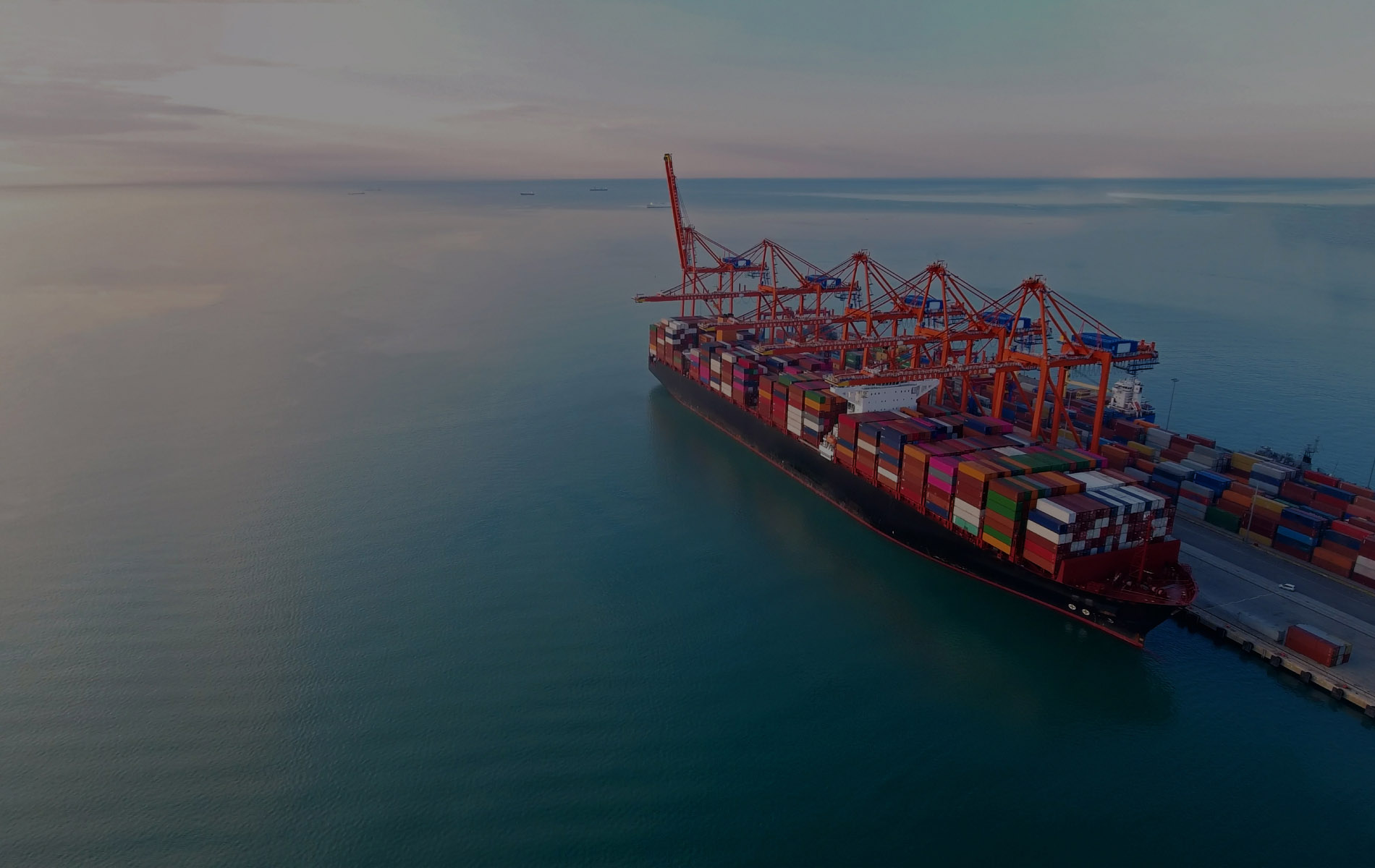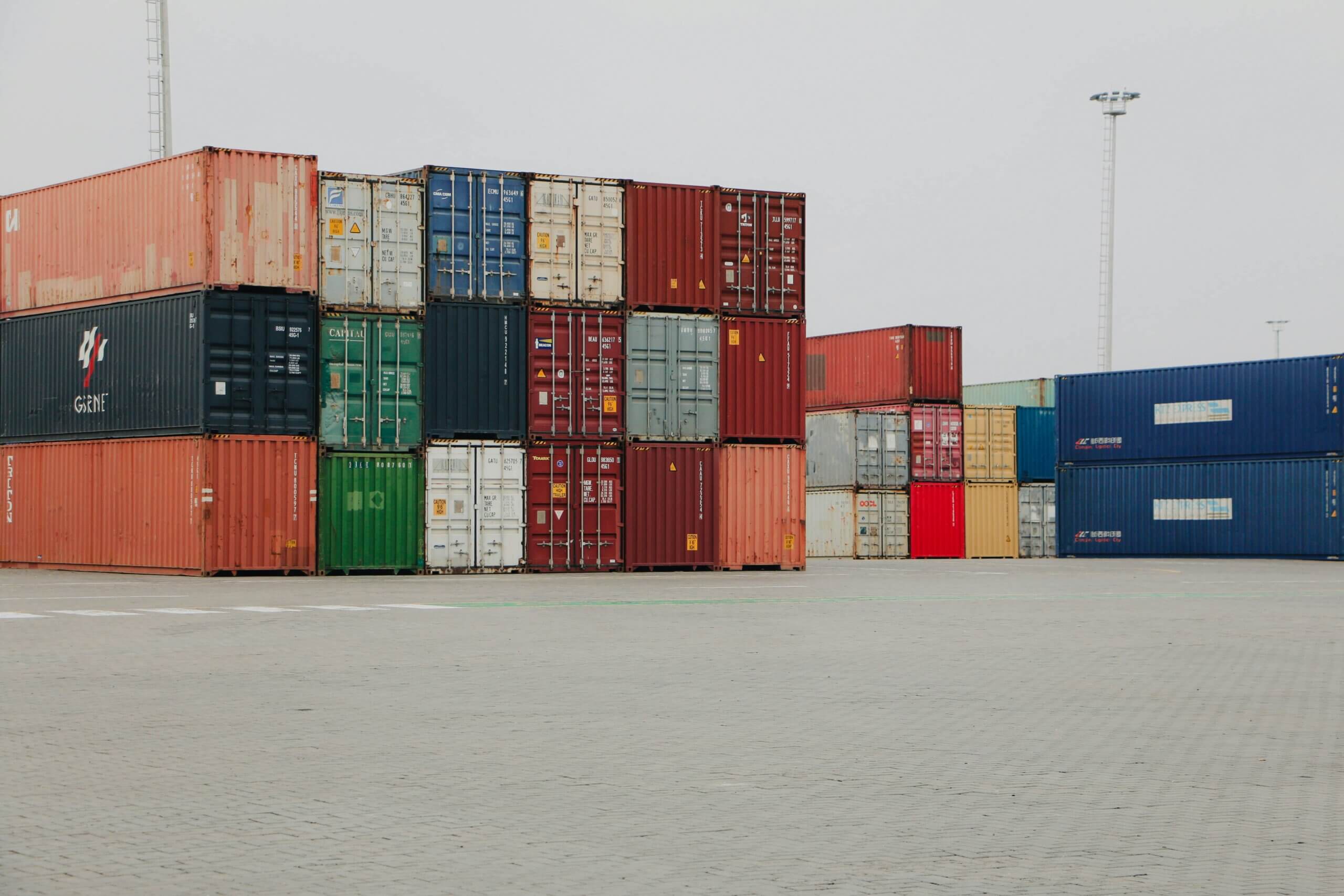What’s the supply chain forecast for 2022? Not much in the way of change from the situation in 2021. Just as was the case last year, shippers, carriers, and logistics service providers will have to contend with labor shortages, supply chain disruptions, infrastructure bottlenecks, and limited capacity across all transportation modes.
Maritime Woes Continue
Although there’s been some moderation in those areas above, companies will still be facing continued hindrances to supply chain flows and inventory management. Take maritime shipping for example. According to Supply Chain Data Insights from project44, the average shipment delays from China to US West Coast ports increased 114 percent to 2.46 days last year compared to the same period in 2020. It also found that the average shipment delay from China to Europe also went up, going from 172 percent increase to 65 days in 2021 compared to 2020. (Keep up to date on freight market conditions at Supply Chain Insight: (https://supplychaininsights.pr…)
Given the backlog of containers at ports and tight ocean shipping capacity, it’s unlikely that transit times for global shipping will return to the pre-pandemic levels during the first half of 2022.
No Relief in Sight for Tight Trucking
The situation for over-the-road freight movements isn’t much better with demand for trucking services outpacing load availability. The spot market for truckload shipments was especially tight last year, resulting in soaring rates, and it’s expected to stay that way this year.
The root cause of the problem is a shortage of folks willing to get behind the wheel of a truck for work. The American Trucking Associations estimates that the United States needs another 80,000 truck drivers. The driver shortage is not expected to go away as more drivers retire and motor carriers struggle to recruit new workers into the fold.
Labor Shortages Persist
The trucking industry isn’t the only sector of the economy dealing with labor shortages. The COVID-19 pandemic led to the Great Resignation, with a number of workers taking early retirement and others quitting their jobs in droves. The latest data from the Bureau of Labor Statistics said 4.5 million US workers voluntarily left their jobs in November 2021.
The labor shortage impacts both distribution and manufacturing in the supply chain. Although manufacturing and warehousing can offset their labor needs to some extent with increased automation, for now the transportation sector remains highly dependent on human operators to run equipment.
Inflation Adding to Volatility
Global supply chains were built on the assumption of even, steady inventory flows. The COVID-19 pandemic witnessed unpredictable surges in demand coupled with supply shortages, making it difficult for companies to manage their inventory. Unpredictable deliveries and longer-than-anticipated lead times for replenishment wreaked havoc on inventory management last year, leading to parts and product shortages.
Although demand should become somewhat more predictable with the end to government stimulus spending, inflation has emerged as the new challenge in procurement and inventory management. To avoid getting squeezed by rising supplier and shipping costs, many companies will focus on inventory turns to maintain margins. Supply chain logjams and limited transportation capacity will further complicate inventory pipeline management in an inflationary era.
Minimize These Problems with Visibility
With companies facing a continuance of the supply chain problems they faced last year, they can’t afford to do nothing, or they will remain at the mercy of bottlenecks and disruptions.
project44’s real-time multi-modal transportation visibility platform gives companies the visibility of shipments in transit down to the order level so they can identify lead-time variance of shipments and orders that impact inventory replenishment and product availability. By having real-time visibility, supply chain managers are empowered to adjust distribution, procurement, and production to sidestep problems and keep inventory flowing to customers.



